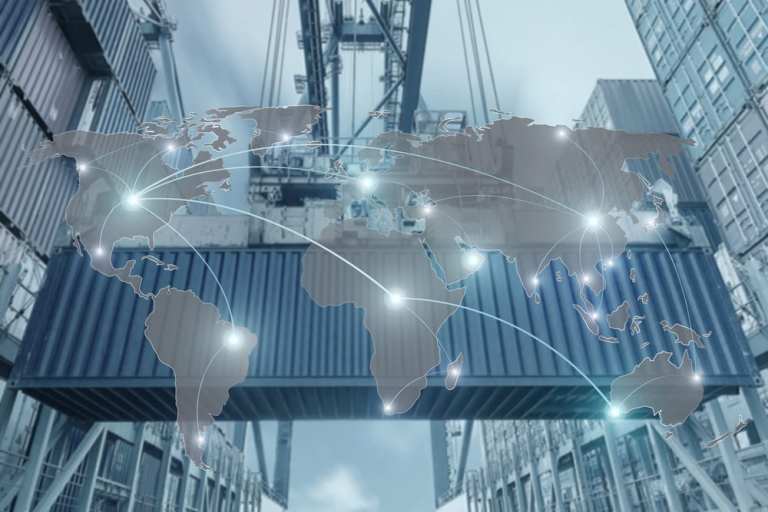Why FinTech Won’t Be Enough To Tackle The Trade Finance Gap

Estimates of a $1.5 trillion trade finance gap were alarming when they surfaced several years ago, but the figure also presented an enticing opportunity for FinTechs at a time when the market was ripe for banking disruption and digitization.
In recent years, FinTech innovators have latched onto cutting-edge technologies, from open banking-powered APIs to blockchain, in order to tackle some of most pressing challenges of trade finance that hamper the flow of cash to global B2B traders.
And yet, the trade finance gap remains.
“Despite all the digitalization, the trade finance gap has not been reduced meaningfully,” said George Lee, chief operating officer of CCRManager.
Indeed, while it is difficult to accurately assess an up-to-date figure, the latest estimates by the Asian Development Bank continue to peg the gap at $1.5 trillion.
A Fragmented Approach
As Lee explained, one major obstacle to FinTechs’ efforts to address the gap is likely the result of how vast, complex and interconnected the global trade finance arena really is.
“Digitization [is] happening in pockets, but trade finance is highly interconnected and [an] interdependent system,” he said. “Global efforts are still some distance away from being sufficiently collaborative, and this results in a disconnect between said pockets of digitalization.”
Beyond the introduction of digitization to get rid of paper, promote visibility across all stakeholders, and enable the efficiency and speed of transaction processing, there are other points of friction that continue to stand in the way of progress. Lee pointed to a lack of standardization in the industry and siloed networks, for instance. Continued reliance on legacy processes, tools and workflows is yet another challenge, while trade finance also remains a politicized area of global finance.
Not least of all, the “sheer, immense scale of the challenge” is one that cannot be ignored when assessing why the trade finance gap endures.
Exploring New Avenues
Digitization remains essential to improving trade finance processes and expanding availability for global traders, but the current climate suggests efforts made by FinTech are so far falling short.
Lee highlighted several other tactics that might be considered, in addition to FinTech disruption, that could finally help to move the needle on trade finance availability.
Standardization initiatives are already underway, for example, with Lee pointing to the ICC’s Digital Trade Standards Initiative announced earlier this year. The effort aims to bridge the silos that plague the trade finance community, not only through digitization, but also through the standardization of data and trade finance processes from one stakeholder to the next. Its effectiveness, however, will be dependent on member participation.
Broadening the focus of trade finance technologies beyond the buyer, seller and banks is also imperative.
Other industry associations, service providers, credit insurers and the like similarly have an opportunity to collaborate to improve processes. While trade finance is about moving money to finance a transaction, there are multiple ancillary players involved in a single transaction, and unless digitization efforts and FinTech solutions can incorporate those entities, effectiveness will also be limited.
“What happens in the event of a default, for example?” Lee offered. “The reality is that defaults are an inevitable aspect of our industry … recovery and insolvency specialists have an important role to play in the trade finance ecosystem, and make it more calculable and more efficient.”
What’s Next?
Several association groups and industry initiatives continue to develop and gain steam in an effort to hack away at the massive trade finance gap. Despite the limited impact of FinTechs thus far, Lee said that bank alternatives will also be an important piece of this industry.
“I … believe that a serious alternative will also be needed to traditional financial institution-led financing,” he said. “The financial services sector will continue to be constrained in its ability to support the growth and innovation needed in trade finance,” he added, pointing to the regulatory and capital requirements that can bog down everything from technology investments to infrastructure overhauls for traditional players.
Today, with the global pandemic elevating the pressures already faced by the trade finance arena, there may be more incentive than ever to combat the trade finance gap. But it will take more than FinTech. Standardization and the fostering of a collaborative ecosystem will enable the global markets to persevere, and will ensure that even the smallest global traders can thrive.